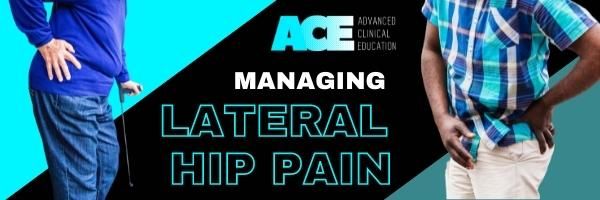Managing lateral hip pain
Following on from last week’s email about the Lateral hip pain.
This week we will take a look at the management. One of the key components to successful management is education. Educating our patients about potential contributors to their pain is key.
AS discussed last week the gluteal tendons are vulnerable to compression at the insertion to the greater trochanter as it lies deep to the ITB. Positions that increase compressive load at the GT can cause changes to the tendon matrix which impair the tendons capacity to withstand tensile load.
Education our patient about avoiding these provocative factors is key:

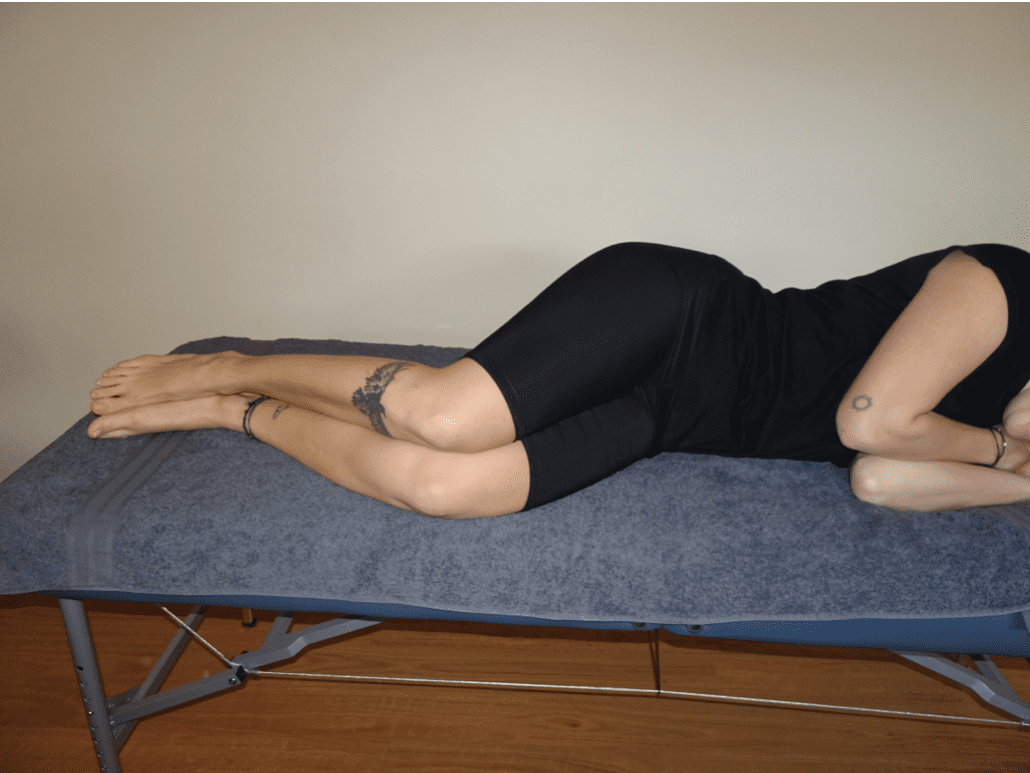

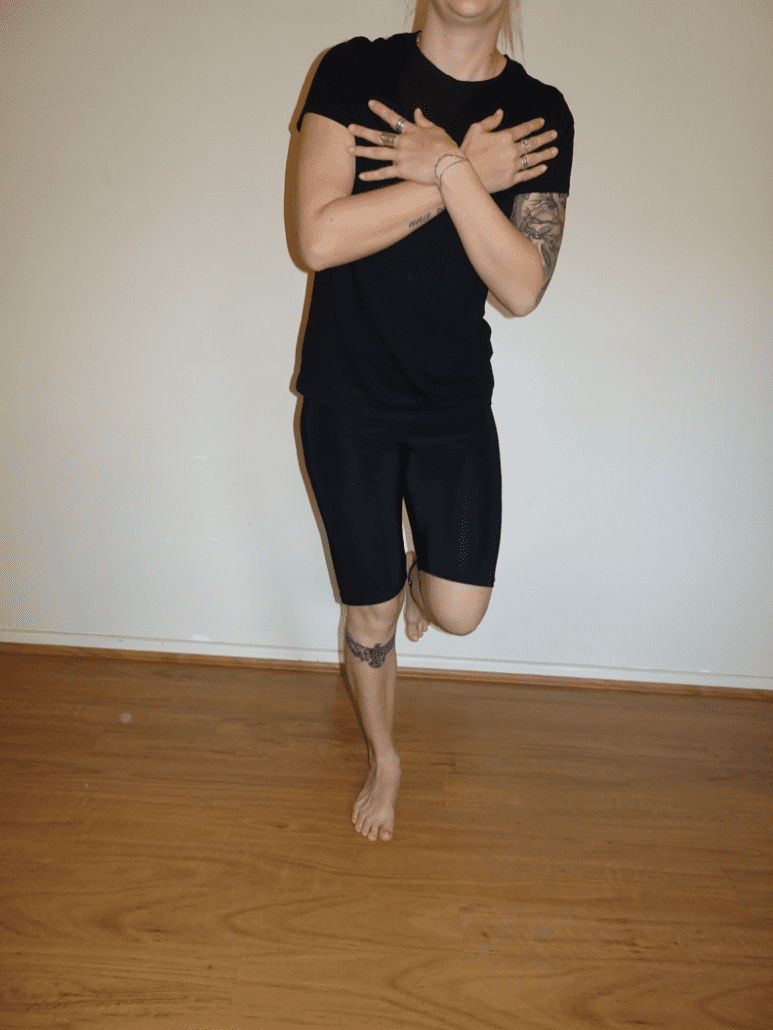
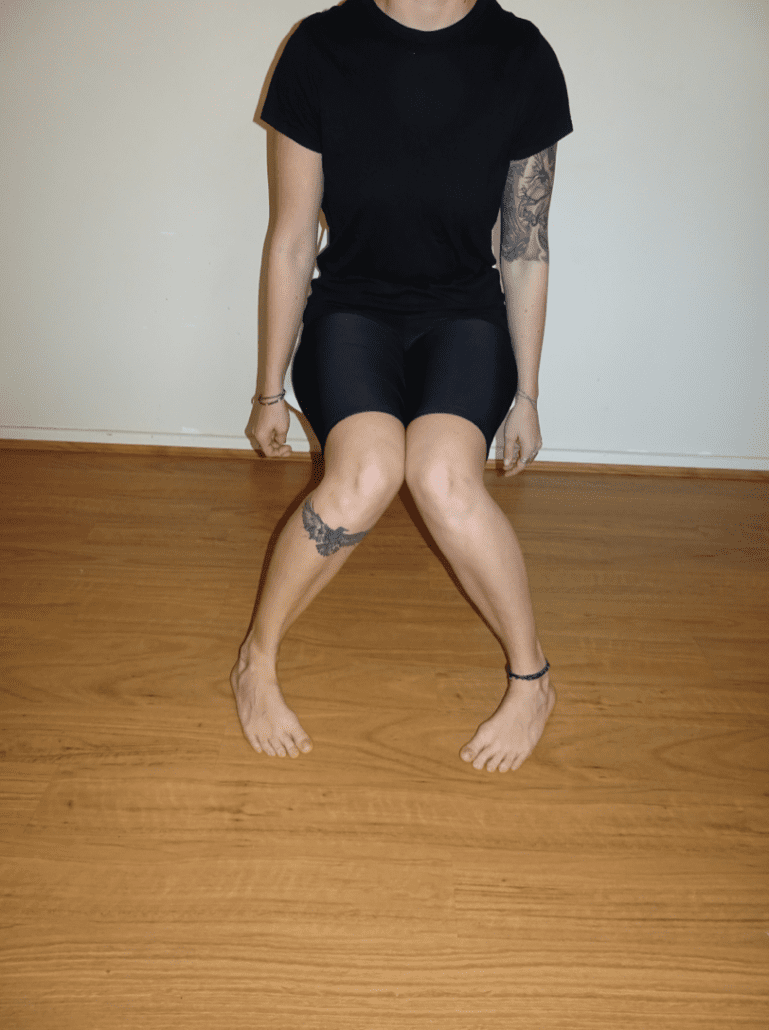

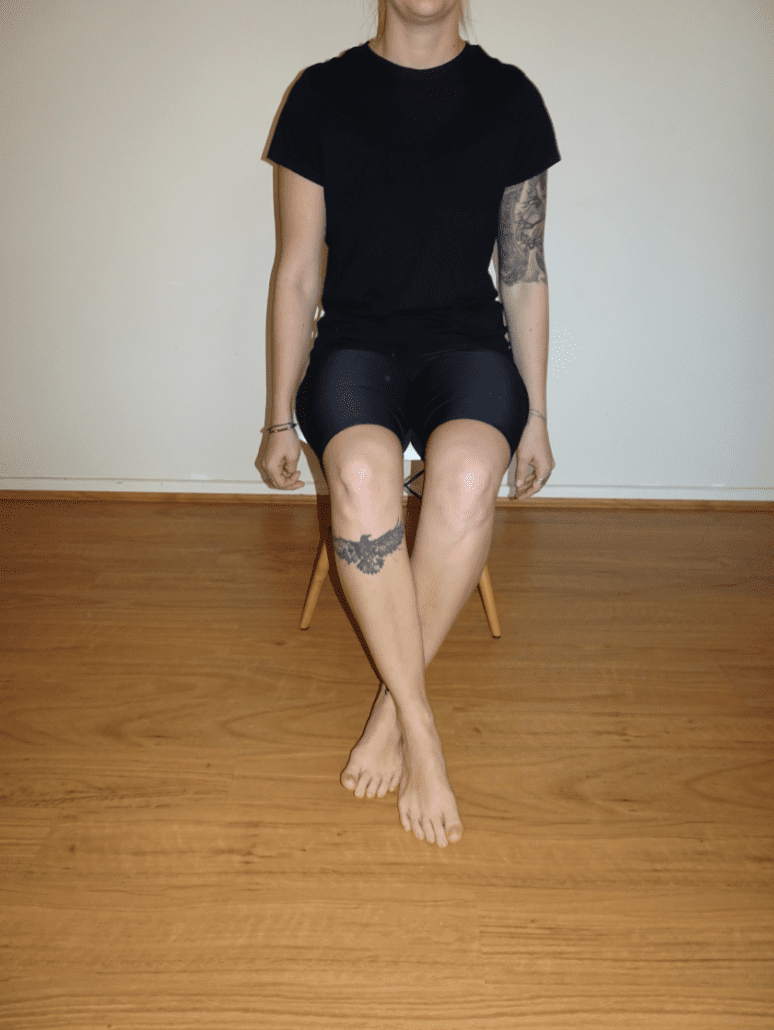
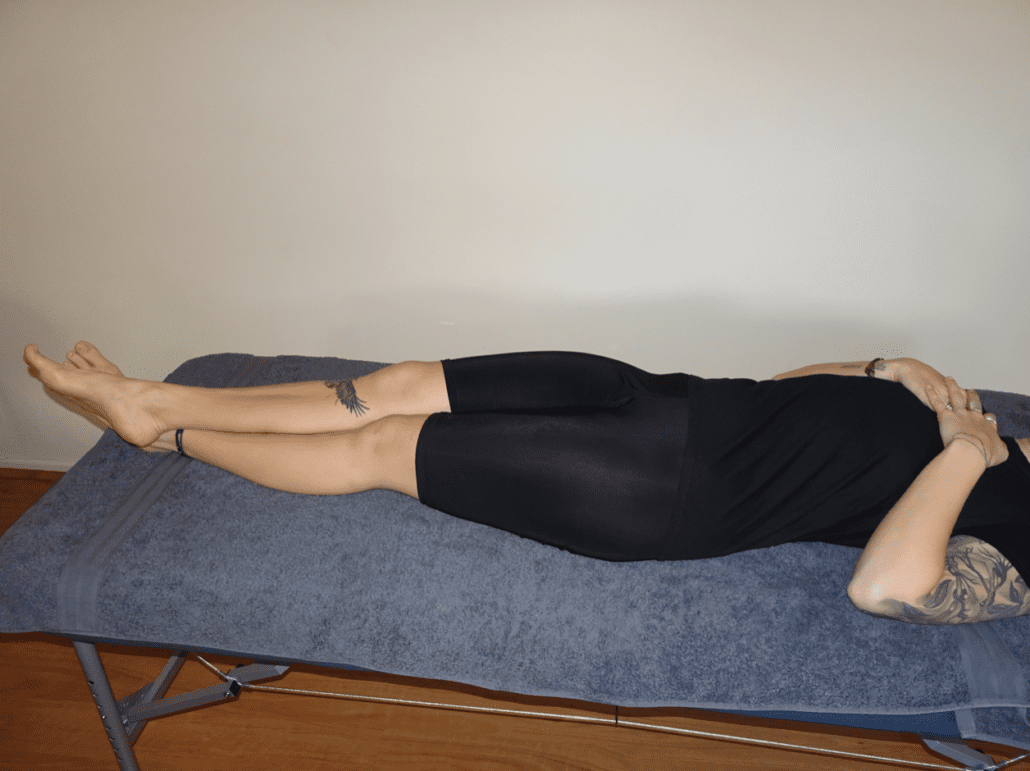


This includes laying on the painful side or laying on the opposite side with the top leg moving into adduction
Sitting or lying with legs crossed or kissing knees
Hanging on 1 hip
Trendelenburg gait
Crossing with midline when walking
Poor single leg stability causing the hip to kick out
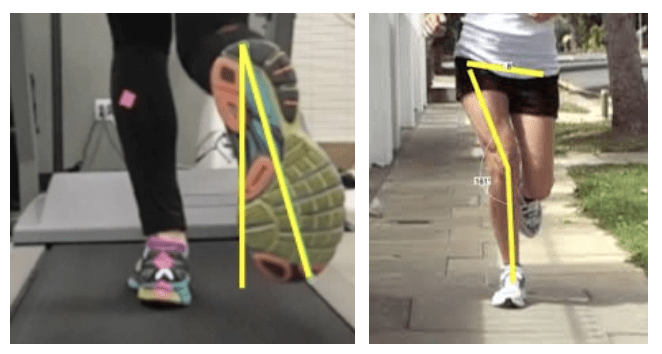
Ok so if sitting with legs crossed and hip in adduction, why are these stretches and exercise so often prescribed to people with hip pain❓❓
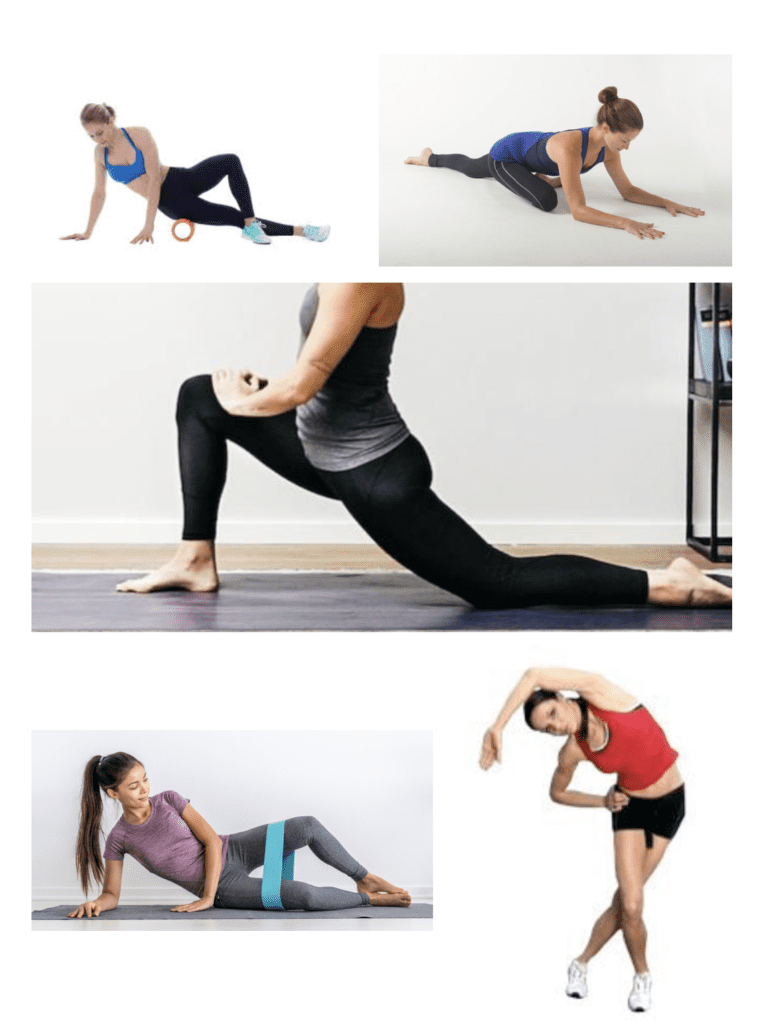
This is contributing to making the symptoms worse…
Yes, patients may often complain that it ‘feels tight’ however it is quite the opposite, it needs strength and stiffness. Stretching may provide short term relief but further impair the structure and function of the gluteal tendons.
The key with the management of gluteal tendinopathy is to SLOWLY introduce load and minimises compression.
Some common problems that occur or when a patient is not responding to conservative treatment and exercise is when stretching and exercise increases compressive load or
👉 Increase in load too quickly?
👉 Increase to single leg too quickly?
👉 No change to provocative factors?
👉 Exercise intervention < 12 weeks?
👉 Exercises done too frequently. Or not enough?
👉 Not challenging & progressive?
👉 Low engagement with exercise?
👉 Current beliefs about diagnosis and exercise
👉 Ineffective exercise selection?
👉 Exercises provoking or making worse?
👉 Did not address return to functional movements
When managing Lateral hip pain SET A GOAL
✅ Make it their goal and not yours…
✅ Find out what they enjoy and direct exercise toward that
✅ Use manual therapy to modulate pain
✅ Address the person as a whole
Exercise compliance is often a significant barrier, start with these questions
🔹 What time of the day do you feel best?
🔹 How long are you able to do some movement for?
🔹 How many days per week?
🔹 Let’s find out what you can do?
🔹 Is this something that you can maintain for the next 3-6 months?
- Use collaborative approach
✅ Simple education and progressive load is key.
❌ Do not expect a short-term fix, be clear about how long it is likely to take.
Yours in health
Bodine Ledden


